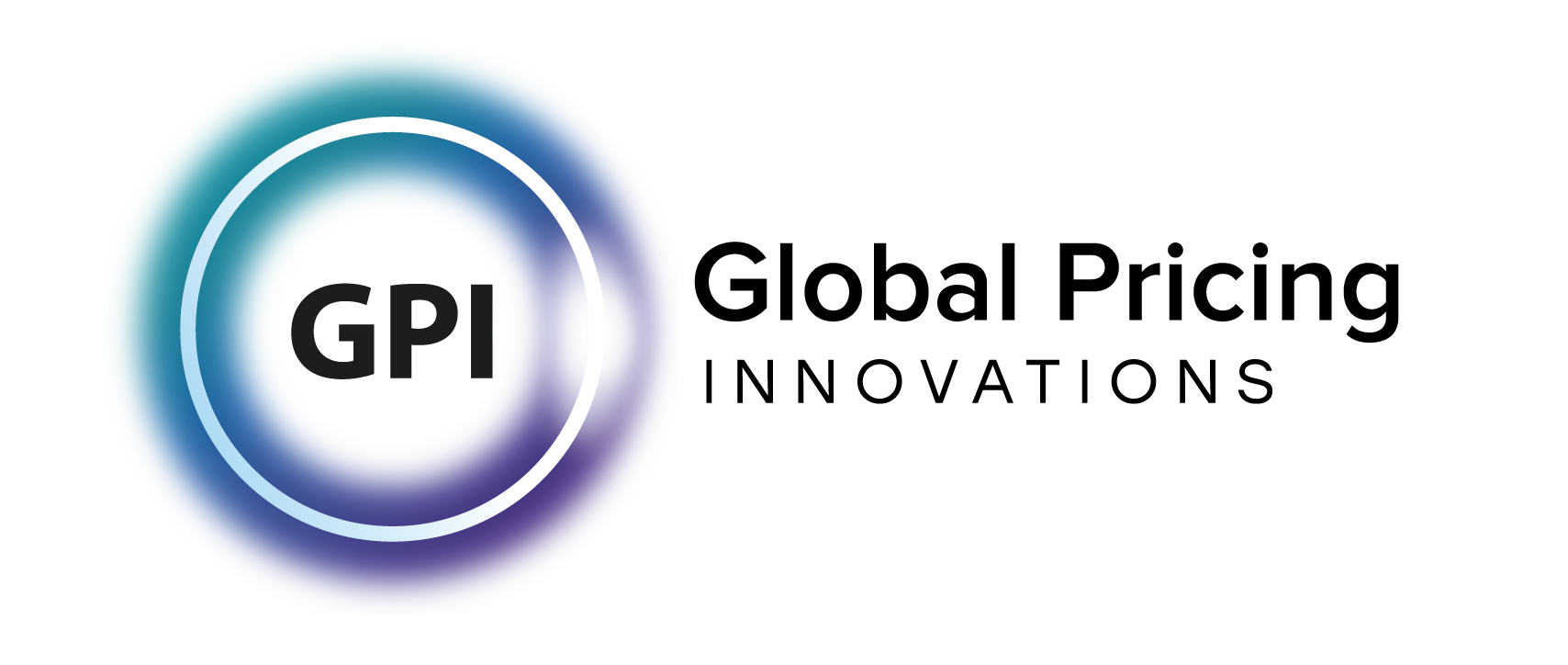The future of drug pricing is here today: How predictive analytics are shaping the way companies make commercial decisions around their assets
Preeti Patel
Founder and CEO
Global Pricing Innovations

The decision-making process for pricing new drug treatments has always been complex and multifaceted but over recent times, the complexity has been further compounded by evolving reimbursement policy, engaging with more stakeholders (e.g., patients), and innovative new treatments (orphan drugs) for smaller populations.
The orphan drug market is growing more than twice as fast as the non-orphan market and by 2026 it is anticipated that orphan drug sales will account for 20% of all prescription drug sales.
This shift is having a significant impact on how we make decisions regarding new medicines and the whole healthcare landscape is having to adapt.
Orphan focus with the possibility of curative therapies means the price tag for these new medicines continues to rise. This creates a perfect storm for stretched healthcare systems globally. This perfect storm needs to be addressed by all involved, including the pharmaceutical industry. If not the gap between need, affordability, access and reimbursement will widen and stifle innovation. More importantly, it will stop people getting the treatments they deserve to live fulfilling lives.
With this in mind, what can pharmaceutical companies do to overcome some of these challenges and potentially make a real and needed difference? Here at Global Pricing Innovations (GPI), we believe one answer is predictive analytics. As we hear more and more about the future potential of AI, the industry is missing what is already readily available and can be utilised in parallel to current practices to price medicines. Predictice analytics today can change the way the industry predicts prices of new treatments, ensuring that true value is seen and realised.
The potential of predictive analytics
The use of predictive analytics has tremendous potential to revolutionise how pharmaceutical companies use information to make commercial decisions regarding new drugs. By leveraging new algorithms to analyse vast amounts of data, companies can gain valuable insights that better predict what the market needs and will do, which will enable better informed pricing decisions. This will improve accessibility to life-saving medications while being commercially viable. And most importantly, predictive analytics does it at speed. Reducing current pharmaceutical pricing research work down from months to a matter of days.
Predictive capability should be an addition to human judgement on making pricing decisions – never used in isolation
There is, rightly so, reservations around the use of AI in pharma. Regulatory frameworks, ethical considerations, and rigorous validation processes are crucial to ensure the safety, efficacy, and ethical use of any technologies in the pharmaceutical industry, including AI and predictive analytics. The benefit of predictive analytics is that you keep the human touch. It is about facilitating the pricing process not replacing it. Human judgement is key and always will be.
Predictive analytics is not new in pharma. There are a number of use cases for predictive analytics across the pharma industry (set out below). Now is the time to move this effective tool into the access and pricing arena.
- Identification of targets for drug development: Identify potential drug targets by analysing complex biological data, and commercial success price and reimbursement scenarios, which helps prioritise based on the likelihood of success
- Clinical trials optimisation: Identify patient populations that are most likely to benefit from a drug, which improves trial protocols and patient engagement
- Real-world data analysis: Leverage real-world data, such as electronic health records and patient-reported outcomes, to gain insights into drug effectiveness and safety profiles in diverse patient populations
- Drug repurposing: Analyse existing drugs and their molecular profiles to identify new therapeutic uses, while leveraging existing safety and toxicity data
The use case supporting drug pricing decisions
As with any type of hypothesis or research, the starting point is understanding the questions that need to be answered using predictive analytics. How do you determine price for a therapy that accounts for the uncertainty of long-term effects (curative and non-curative) with no standard of care or comparator? How do you determine the true value that supports your pricing model? We all know that the current value frameworks for traditional therapies are unreliable decision tools for orphan drugs.
Being able to utilise new predictive analytics based on the vast available data could be the gamechanger needed to make commercial pricing decisions for orphan medicines.
At Global Pricing Innovations (GPI), we have been looking at predictive analytic methods to better-inform decisions relating to drug pricing and access. This has led to the development of our new methodology called Horizon, which takes into consideration several attributes to make better decisions. These include burden of disease, target product profile, trial design, clinical benefit, payer behaviour, therapy area, and market-wide events (planned and unplanned). The methodology also considers individual country specific parameters and weighting on these data (a payer/provider in the US will have different criteria of evaluation to the UK). All these elements enable us to quantify value for an asset and subsequently determine a price with confidence.
Testing our methodology showed us the true potential of predictive analysis
Once we had established and agreed the factors behind our predictive analytics Horizon methodology we tested its effectiveness against previous decision making. Our reterospective analysis on two orphan products in the market already (case studies of the products are available on request) gave us the confidence to showcase the results and to refine the methodology for future use.
The results of this work highlighted with confidence pricing and value of orphan medicines. We were able to, using predictive analytics, results that were within a 5-10% range of the actual price of the medicines tested.
Not only was it incredibly accurate but it took under one week to deliver. This in itself is gamechanging. As you will know, current practices to deliver prices for new treatments can take up to six months of primary and secondary market research, including multiple interviews with payers. The cost benefits of using predictive analytics alone are huge.
There are four key benefits to our Horizon methodology that make it an essential tool for pharmaceutical companies:
- Agility and rapid insights for companies to make commercial decisions quicker than ever before
- Visibility of early evidence-based criteria to help shape the market place through better evidence based engagement with key stakeholders
- Transparency around decision making with a clear methodology for all stakeholders to align and agree on
- Broadening criteria, data points and scenarios in one place to allow companies to make changes and revisions based on the evidence and healthcare landscape
Horizon gives us the confidence that tech-enabled insights are here to stay and will become a core part of commercial treatment decision making. We are excited to see the benefits realised over the coming months and years. If you would like to learn more about how innovative technology and data can add value to your business decision making, please get in touch.
